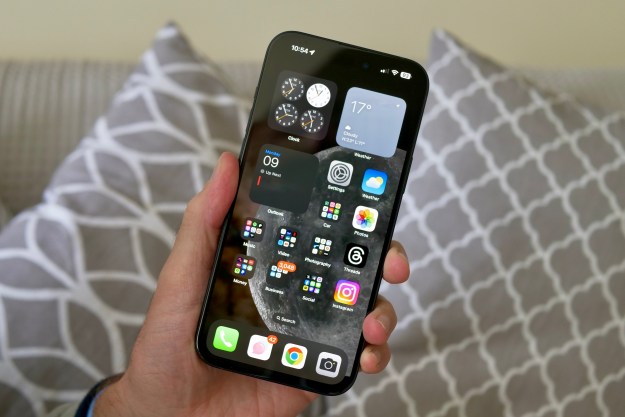
Portrait mode on the iPhone has been in the works for months now, but while it’s finally rolling out to customers, it seems as though the feature isn’t completely finished just yet. After you update to iOS 10.1, open up the camera app, and swipe down to Portrait mode, you’ll be asked if you want to “try the beta.” Thankfully, while the feature may not be completely finished just yet, it seems to produce some pretty nice shots.
In case you missed Apple’s announcement, Portrait mode basically uses the iPhone 7 Plus’ two camera sensors at the same time — the standard 12-megapixel sensor takes a photo as usual, then the second sensor, which is a wide-angle sensor, is used to see how far away the subject is. When used together, the effect is a blurry background with a sharp and in-focus primary subject. The system actually uses a nine-layer depth map, so it’ll subtly blur parts of the image that are closer, and more intensely blur the background.
- 1. Without Portrait
- 2. With Portrait
Of course, since the feature is in beta it’s not perfect just yet, however the kinks will likely be ironed out over the next few weeks and months. In the meantime, you can test it out for yourself by making sure you have iOS 10.1 and heading to the camera app.
Portrait mode isn’t the only new feature in iOS 10.1, but it is the most important. Along with it, you’ll also get a few bug fixes as well as transit support for directions in Japan.
Editors' Recommendations
- Why you should buy the iPhone 15 Pro instead of the iPhone 15 Pro Max
- Here’s how Apple could change your iPhone forever
- Why you should buy the iPhone 15 Pro Max instead of the iPhone 15 Pro
- When will Apple release iOS 18? Here’s what we know
- iPhone 16: news, rumored price, release date, and more




